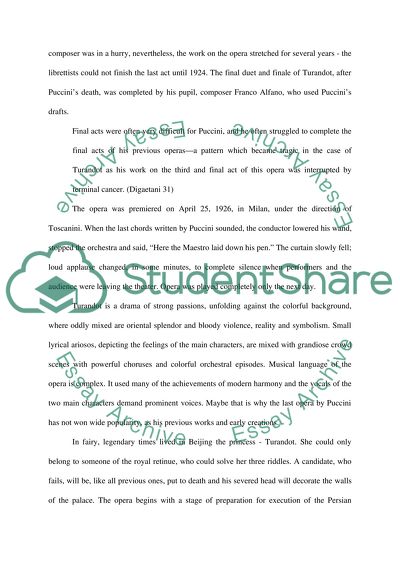Cite this document
(“Turandot Essay Example | Topics and Well Written Essays - 1250 words”, n.d.)
Turandot Essay Example | Topics and Well Written Essays - 1250 words. Retrieved from https://studentshare.org/visual-arts-film-studies/1438107-turandot
Turandot Essay Example | Topics and Well Written Essays - 1250 words. Retrieved from https://studentshare.org/visual-arts-film-studies/1438107-turandot
(Turandot Essay Example | Topics and Well Written Essays - 1250 Words)
Turandot Essay Example | Topics and Well Written Essays - 1250 Words. https://studentshare.org/visual-arts-film-studies/1438107-turandot.
Turandot Essay Example | Topics and Well Written Essays - 1250 Words. https://studentshare.org/visual-arts-film-studies/1438107-turandot.
“Turandot Essay Example | Topics and Well Written Essays - 1250 Words”, n.d. https://studentshare.org/visual-arts-film-studies/1438107-turandot.


